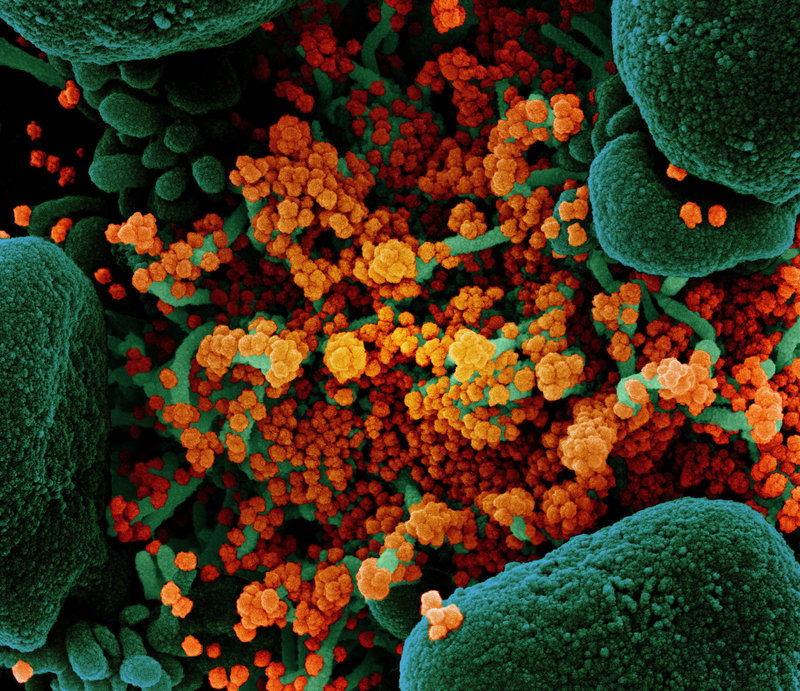SRINAGAR: The SARS-CoV-2 virus, which causes Covid-19, is primarily transmitted through the air, according to a new study published in the respected medical journal Lancet.

According to six experts from the United Kingdom, the United States, and Canada, including Jose-Luis Jimenez, a chemist at the Cooperative Institute for Research in Environmental Sciences (CIRES) and the University of Colorado Boulder, public health measures that fail to treat the virus as primarily airborne leave people exposed and allow the virus to spread.
“The evidence supporting airborne transmission is overwhelming, and evidence supporting large droplet transmission is almost non-existent,” Jimenez said. “It is urgent that the World Health Organization and other public health agencies adapt their description of transmission to the scientific evidence so that the focus of mitigation is put on reducing airborne transmission.”
The experts, led by Trish Greenhalgh of Oxford University, reviewed published research and found ten lines of evidence to support the airborne route’s supremacy.
The Skagit Choir outbreak, in which 53 people were infected from a single infected case, is at the top of their list of super-spreader cases. According to research, close contact or touching shared surfaces or objects is insufficient to characterize these situations.
Furthermore, transmission rates of SARS-CoV-2 are much higher indoors than outdoors, and indoor ventilation decreases transmission significantly.
Silent (asymptomatic or presymptomatic) transmission of SARS-CoV-2 from people who are not coughing or sneezing accounts for at least 40% of all transmission, according to reports. COVID-19 has spread across the world in part due to this silent transmission, “supporting a predominantly airborne mode of transmission,” according to the assessment. The researchers also cited work demonstrating long-range transmission of the virus between people in adjacent rooms in hotels; people who were never in each other’s presence.
The team, on the other hand, found little to no evidence that the virus spreads rapidly through the air and contaminates surfaces through large droplets.
“We were able to identify and interpret highly complex and specialist papers on the dynamics of fluid flows and the isolation of the live virus,” lead author, Greenhalgh said. “While some individual papers were assessed as weak, overall the evidence base for airborne transmission is extensive and robust. There should be no further delay in implementing measures around the world to protect against such transmission.”
The new research has major consequences for public health efforts to combat the pandemic. First, while “droplet measures” like hand washing and surface cleaning are essential, they should be prioritized over airborne measures, which address inhalation of infectious particles suspended in the air.
Someone can get infected by inhaling aerosols created when an infected person exhales, talks, yells, sings, or sneezes if an infectious virus is mainly airborne. Ventilation, air filtration, reducing crowding and the amount of time people spend indoors and wearing masks while indoors are all examples of airborne control steps (even if not within 6 feet or 2 meters of others). When dealing with potentially infectious individuals, healthcare and other workers should pay special attention to mask quality and fit, as well as higher-grade PPE.
“It is quite surprising that anyone is still questioning whether the airborne transmission is the predominant transmission pathway for this virus or not,” said co-author Professor Kimberly Prather, an aerosol scientist from the University of California San Diego. “Only by including inhalation of aerosols at both close and long-range can we explain the many indoor outbreaks that have occurred around the globe. Once we acknowledge this virus is airborne, we know how to fix it. There are many examples of places that have fared much better by acknowledging this virus is airborne from the start. The world needs to follow their lead as soon as possible.”















